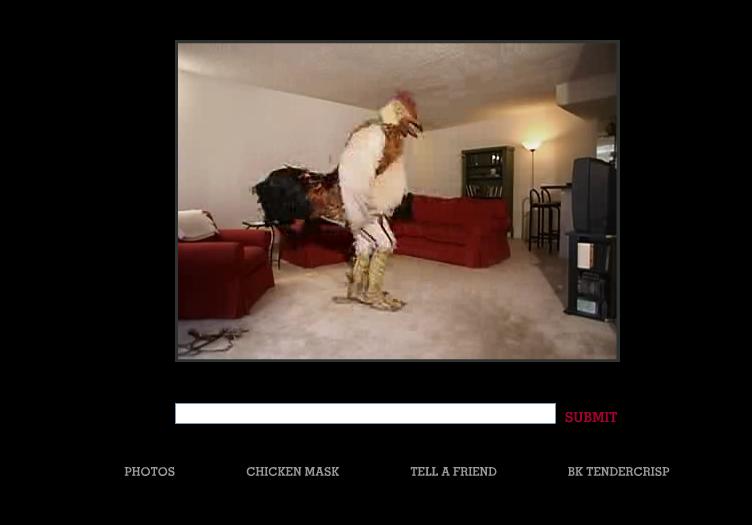Microsites are a tool that is seldom used in many SEO’s toolbox. In this article we’ll take a look at some pro’s and con’s of using a microsite, when is the best time to use a microsite and a few examples of microsites.
First let’s define what a microsite is: a microsite a small website that is on a separate domain from a main domain, has narrowly topic or content, that is different from a companies main website. Generally speaking microsites will be in the 1-10 page range, although they can be more. Microsites usually exist as part of a separate marketing campaign, company project or agenda.
Some of the benefits of a microsite are as follows:
- Ability to have a different look, feel, or editorial style from a main company website.
- Ability to step outside of normal production, and approval channels, publish and update content quicker and easier.
- Ability to appear less commercial, and more engaging to social media audiences.
- Ability to saturate SERP’s with additional domains.
However there are also several downsides to using microsite some of them are as follows:
- Starting a brand new domain with no trust and authority, can prove difficult or more time consuming to rank than content on main domain.
- Projects, agendas or marketing campaigns can often have limited lifespan, however the domain must be maintained long term or rolled back into the main domain.
- Controversial or edgy the content that is radically different from existing company expectations, can create negative press.
Next let’s take a look at some examples of microsites. One well known company who makes extensive use of microsites is Burger King. Your results may slightly depending on your location and how close to the time this article was written and you do a search for the term [Burger King] so I’ve included a screen shot from the time I wrote this article. As you can see Burger King has 4 microsites in the first 10 results for its name (BKCareers.com, www.clubbk.com, www.bkscholars.scholarshipamerica.org, www.subservientchicken.com) so you can immediately see the value of controlling multiple positions in the SERP’s. BKCareers is obviously enough about jobs, careers, and franchise owner opportunities with Burger King. ClubBK.com has content that is geared towards children with games and other interactive activities. BKScholars is a scholarship initiative from 2007. What’s interesting about the BKScholars page is it’s a placeholder with a link to where the content has been permanently relocated to, however the placeholder page retains all of its link equity, and still occupies a place in the SERP’s. The last SubsurvientChicken.com is probably a microsite implementation you are most familiar with. The Subservient Chicken website was part of a marketing campaign to introduce a new chicken sandwich in 2004. The page features a person in a chicken costume who tries to do whatever you type in the box.
The chicken does things like sing, dance, swim, roll over and so on. As a side note when the campaign launched Burger King monitored the input, went back and added new actions based on user requests, giving people a reason to come back after their initial visit.
However not all of Burger King’s microsites have been successes. If you visit page 2, you’re likely to see some of their more controversial efforts, like Whopper Sacrifice and Whopper Virgins. The Whopper Virgins campaign centered around the concept of giving people who had never been exposed to any fast food marketing, or tasted a fast food hamburger, a taste test to see which hamburger they preferred. Burger King was criticized for feeding fast food to people who had never experienced it before, and where largely unaware of it’s questionable health and nutritional value. The Whopper Sacrifice centered around a Facebook campaign, getting people to remove (IE sacrifice) friends to receive a coupon for a free whopper. The campaign created a lot of debate and was eventually removed by Facebook citing privacy concerns.
Having looked at few examples when should an SEO decide to use a microsite strategy?
- Are you trying to reach social media audiences, and can you create a microsite that has content that is more engaging than it would be on the main domain or subdomain?
- Will the campaign/website be popular enough to generate enough trust and authority, through link equity to support itself?
- Will you be able to maintain the microsite of the long term, or roll it into the main site easily after the campaign is over?
- Do you need a microsite to secure an additional listing as part of a larger online reputation management (ORM) campaign?
If you answered yes to most of these questions a microsite is something you should consider making part of your overall SEO strategy.









Michael I wrote an extensive article at SEJ back in June on the value of micro sites (I referred to them as “niche sites” and what was involved in the logistics of bringing them about, but hadn’t provided any real world examples – the BK scenario is a good one.
Clearly there are many situations where micro sites are of potential value but I’ve found they’re not for everyone given the challenges and time required to do it right…
Michael I wrote an extensive article at SEJ back in June on the value of micro sites (I referred to them as “niche sites” and what was involved in the logistics of bringing them about, but hadn’t provided any real world examples – the BK scenario is a good one.
Clearly there are many situations where micro sites are of potential value but I’ve found they’re not for everyone given the challenges and time required to do it right…
[…] homepage wasn’t the most frequently crawled page on the entire website (the outlier cases were viral microsites, in case you were wondering). So your best strategy is to use this frequent crawling to spoon feed […]
[…] A Look a Microsites and How to Use Them for SEO […]
I would agree with Alan, I think for most businesses microsites wouldn’t be worth investing time and money into a second website or microsite. You would have to hire an SEO firm to rank the microsite or have alot of time to build links, optimize, etc…its just not practical for most businesses to have a microsite, but there’s always a use for them.
[…] wasn’t the most frequently crawled page on the entire website (the outlier cases were viral microsites, in case you were wondering). So your best strategy is to use this frequent crawling to spoon feed […]